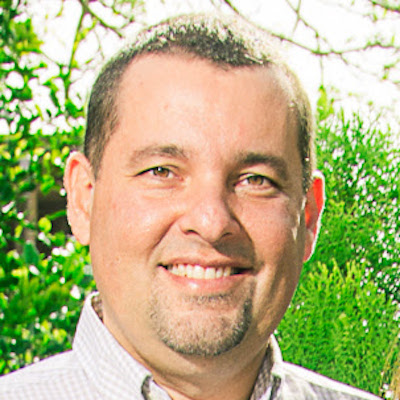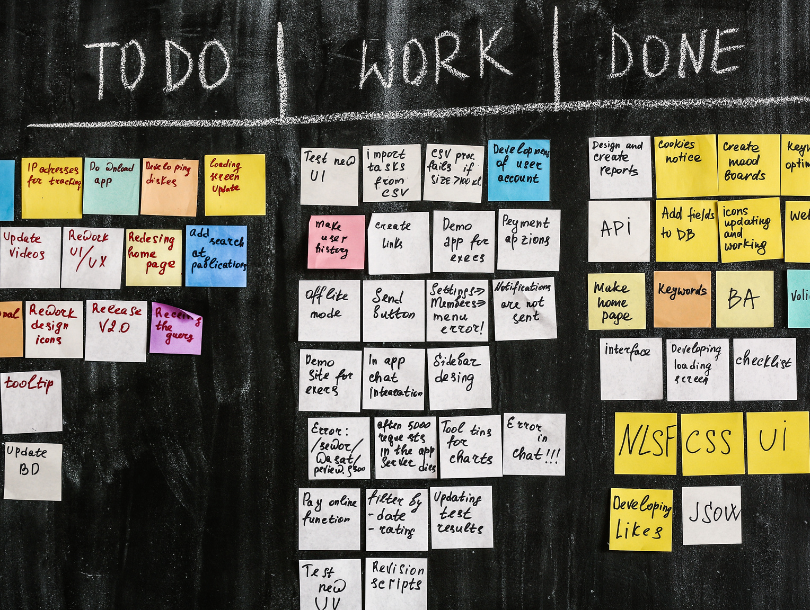The Desire to Build
The beginning of a project always brings new professionals. In my years leading construction teams, I always begin by transmitting the need to identify individual passion, and then as a team, form the "Desire to Build".
We should not see desire as a lack of something or as an individual, but rather as a driver for production and belonging to the team.
That is why, to enhance this, you cannot close your team with strictly hierarchical and rigid organizations. For a couple of years I have been applying Scrum as a framework in Construction Projects, and it is the most natural way I have known to manage my team to get the best out of them.
The "Desire to Build" is a powerful force that can be channeled with Scrum into predefined Events for planning, monitoring and improvement. It is the space where the Scrum Pillars interact and allows for innovation and overcoming structures that deliver exceptional results.
Scrum is decentralization and self-organization, it is multiple connections and iteration, it is heterogeneity and adaptability, it is multiplicity and continuous improvement, it is deterritorialization and the breaking of structures. It is, in the end, a Rhizomatic Model as explained by the philosophers Gilles Deleuze and Félix Guattari.
The Rhizomatic Model represents a flexible and dynamic system that constantly adapts to changes and is based on human thought systems. Rhizomatic logic allows us to understand iterations and search for different answers, or rather: repetition contains difference.
Every Construction Project is unique, changes will undoubtedly occur, and we will be exposed to both internal and external elements, which are impossible to plan in the traditional way. Our thinking is not rigid, the climate is not exact. That is why Scrum and its rhizomatic model is the right way to add value and seek the best result.
Now we are going to see the meeting points between the Rhizomatic Model proposed by Gilles Deleuze and Felix Guattari and the Scrum framework created by Hirotaka Takeuchi and Ikujiro Nonaka and developed by Jeff Sutherland and Ken Schwaber.
Decentralization and Self-Organization
Both systems dispense with a fixed center, allowing Scrum teams, like the elements of a rhizome, to self-organize and make collective decisions, deeply valuing autonomy and adaptability as pillars for success in dynamic environments.
Multiple Connections and Iterations
The expansion of the rhizome, characterized by its multiple connections, finds a parallel in Scrum through its iterations or sprints, which facilitate the constant incorporation of new ideas and adaptations. The "Sprint Reviews" in Scrum, in particular, function as key connection points, where new relationships with the client are generated and the evolution of the project is driven, thus reflecting the dynamic and connective nature of the rhizomatic model.
Heterogeneity and Adaptability
Both Rhizome and Scrum embrace heterogeneity and adaptability, allowing for the integration of diversity and responding nimbly to changes and new requirements. This ability to adapt to unpredictability and changes of direction is a shared characteristic, reflecting the flexible and dynamic nature of both models.
Multiplicity and Continuous Improvement
The rhizome's ability to generate diverse connections and directions is reflected in Scrum through its focus on multiplicity and continuous improvement, where sprint retrospectives act as key spaces to foster new connections within the team and optimize processes, thus allowing for constant and adaptive evolution.
Deterritorialization and the Breakdown of Structures
The similarity between the rhizome and Scrum is manifested in their ability to break with rigid structures; just as the rhizome challenges fixed hierarchies, Scrum seeks deterritorialization by eliminating blockages and dependencies, promoting a natural and adaptable workflow.
We must therefore see Scrum as a framework that uses the "Desire to Build" as a productive force that is constantly expanding. Let's look at the most important points that we must take into account to enhance them in our teams by applying Scrum.
Innovation and Adaptation:
- The desire to create innovative solutions and adapt to changes can drive the Scrum Team to explore new possibilities and break away from rigid structures.
- This desire manifests itself in the constant search for continuous improvement, through retrospectives and experimentation.
Collaboration and Self-Organization:
- The desire to collaborate and build something together can strengthen the self-organization of the Scrum Team, fostering communication and creativity.
- The desire to add value to the product drives the team to take responsibility and make collective decisions.
Delivering Value and Customer Satisfaction:
- The desire to meet customer needs and deliver a high-quality product can motivate the Scrum Team to overcome obstacles and achieve goals.
- This desire is reflected in constant communication with the Product Owner, and the search for value generation.
Overcoming Limits and Deterritorialization:
- The desire to push boundaries and break away from traditional structures can lead the Scrum Team to explore new ways of working and question established processes.
- This desire can be seen reflected in the search for the elimination of blockages, and the search for continuous improvement.
Let's seek to foster the concept of "Desire to Build" in our teams by applying the Scrum framework.
 Arturo Lares Lleras
Arturo Lares Lleras
